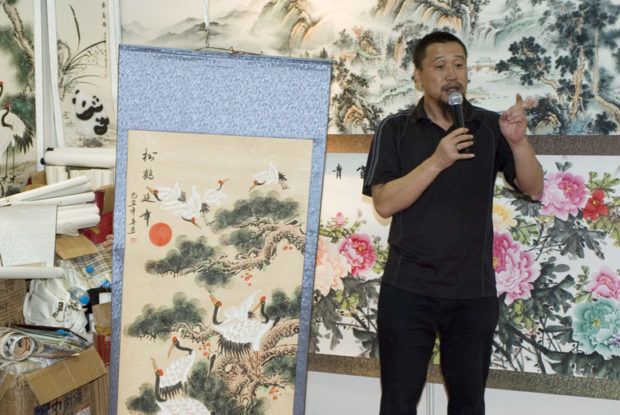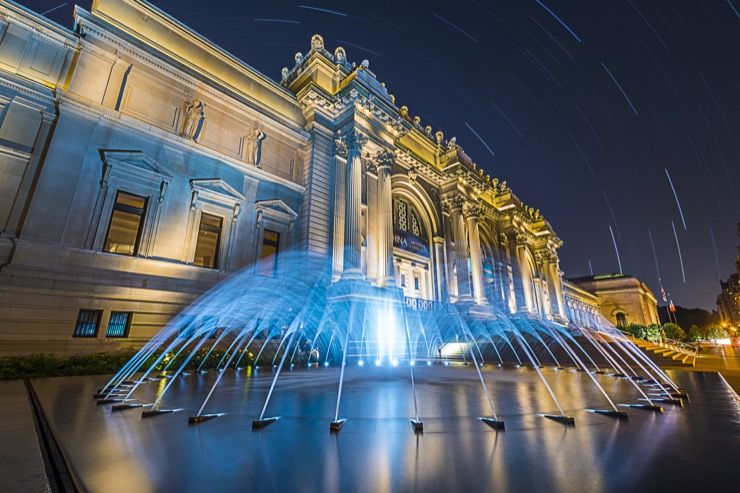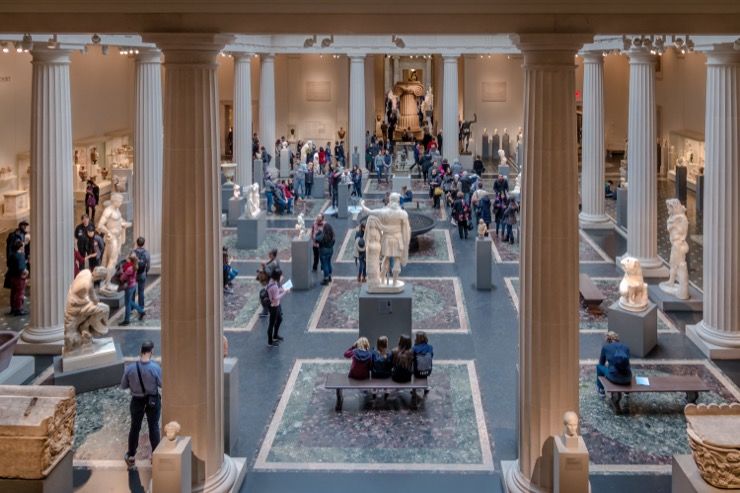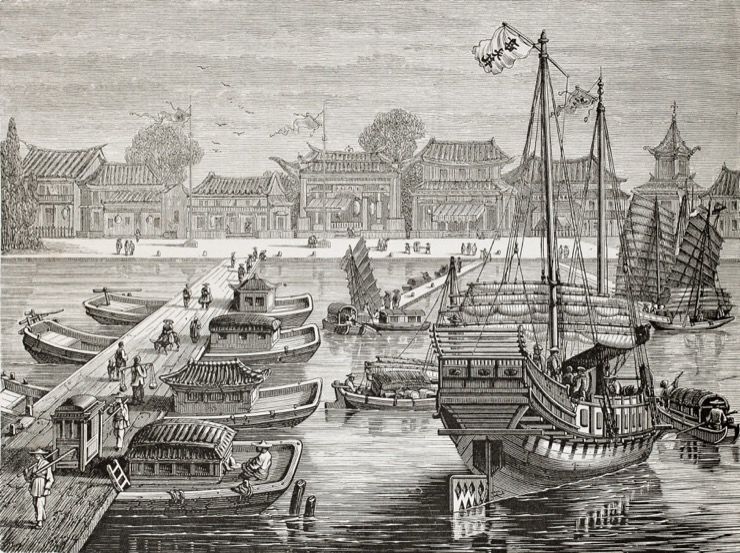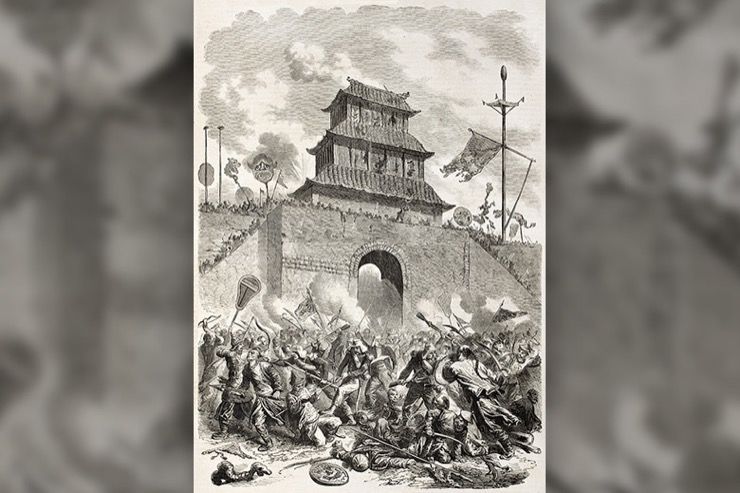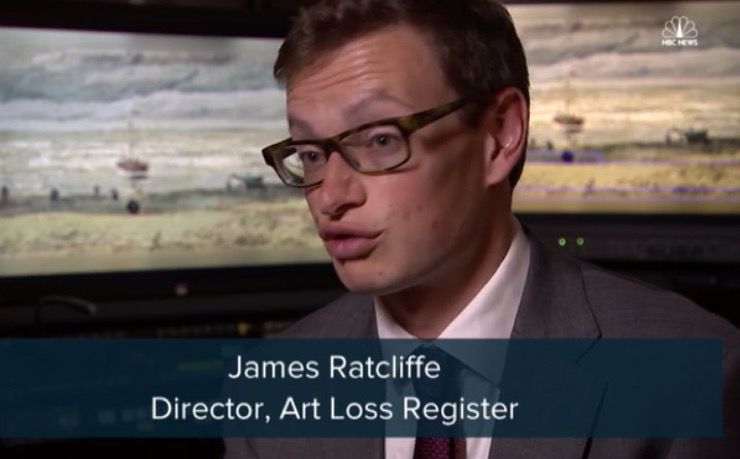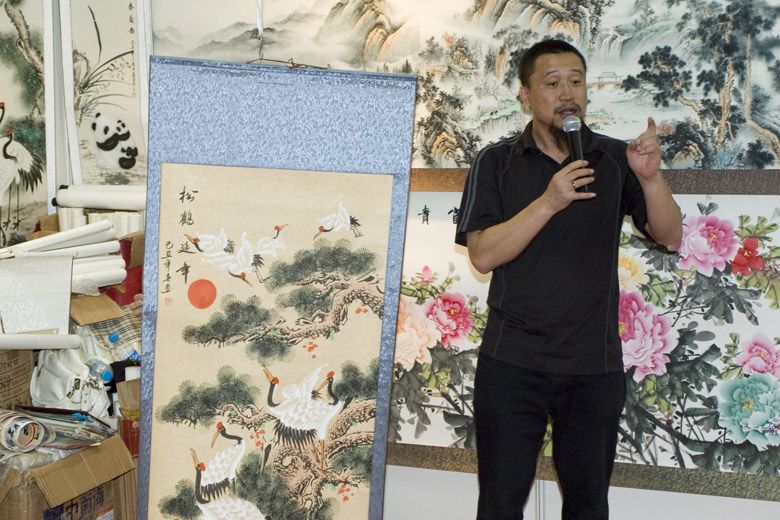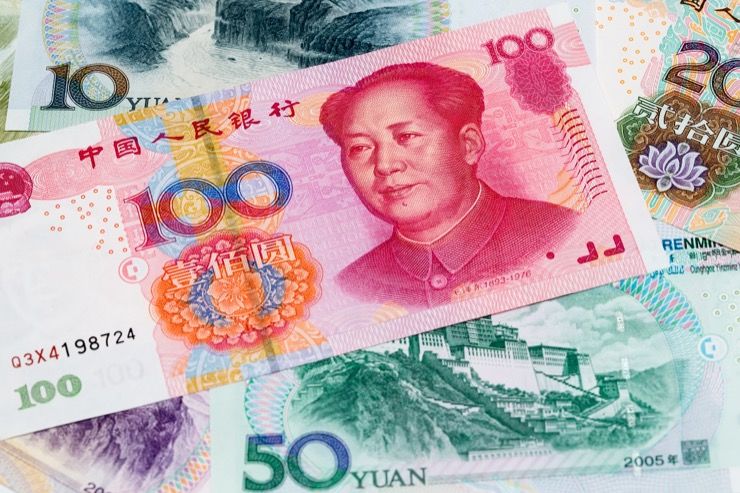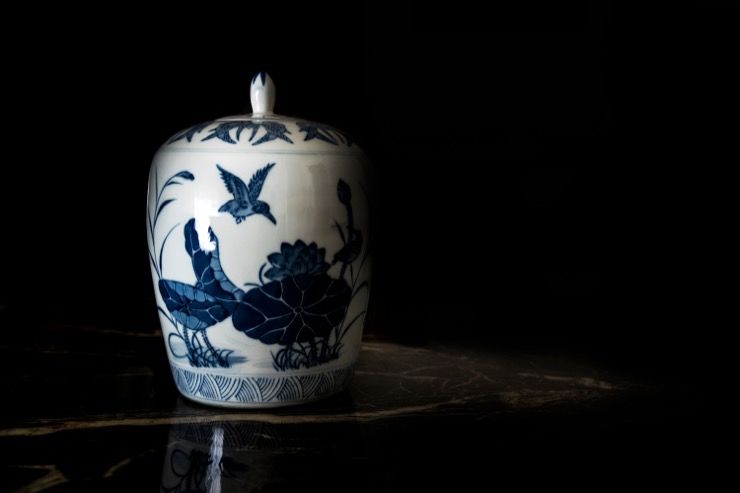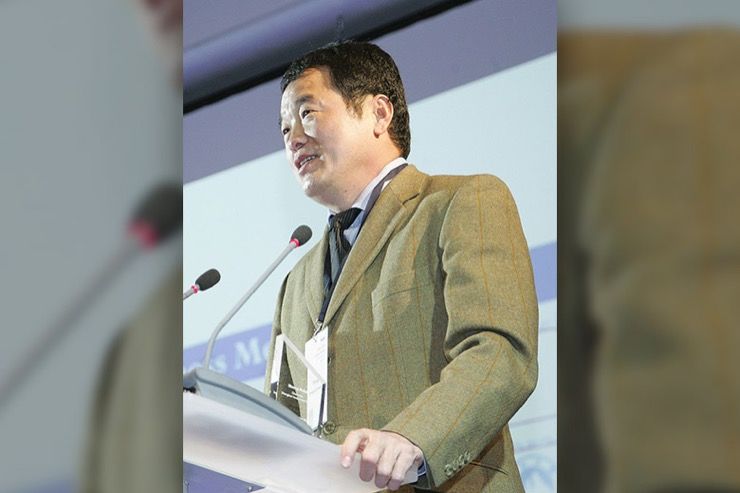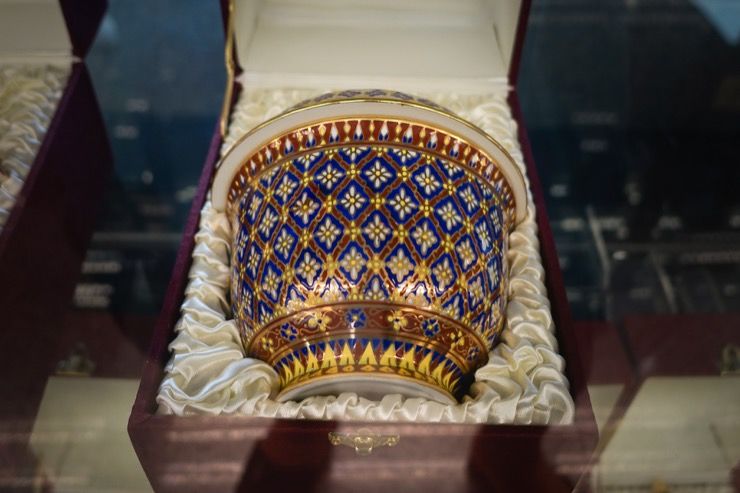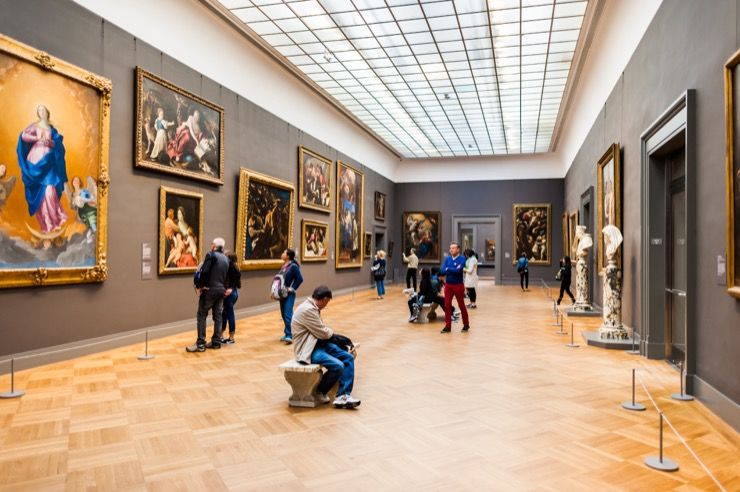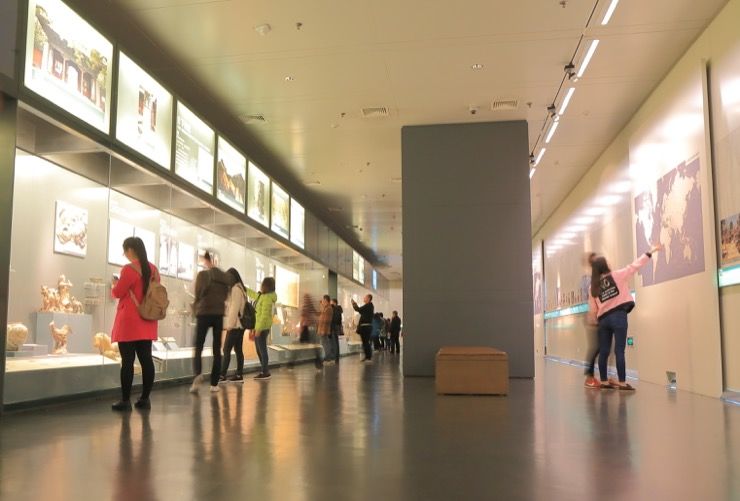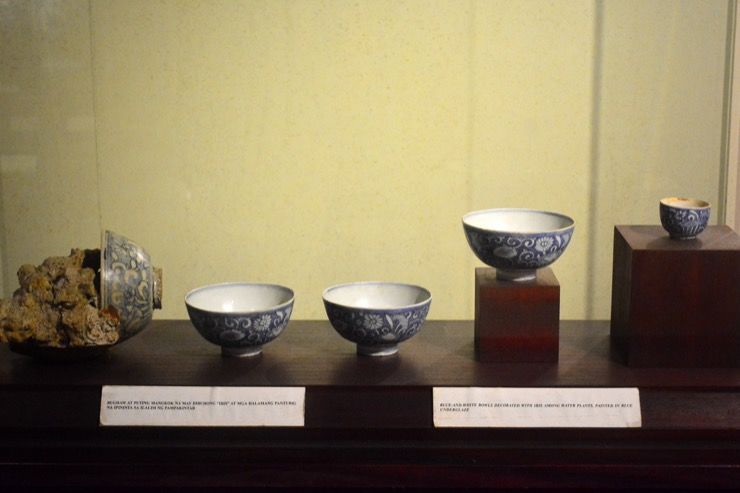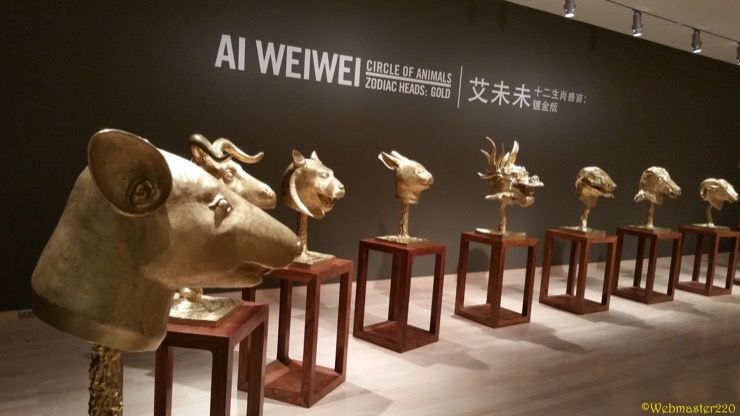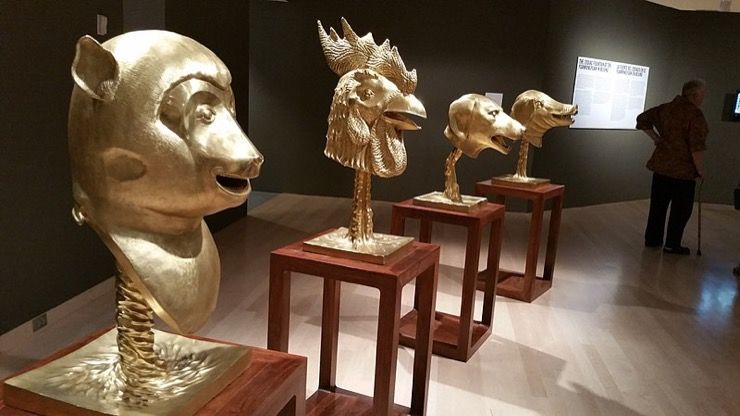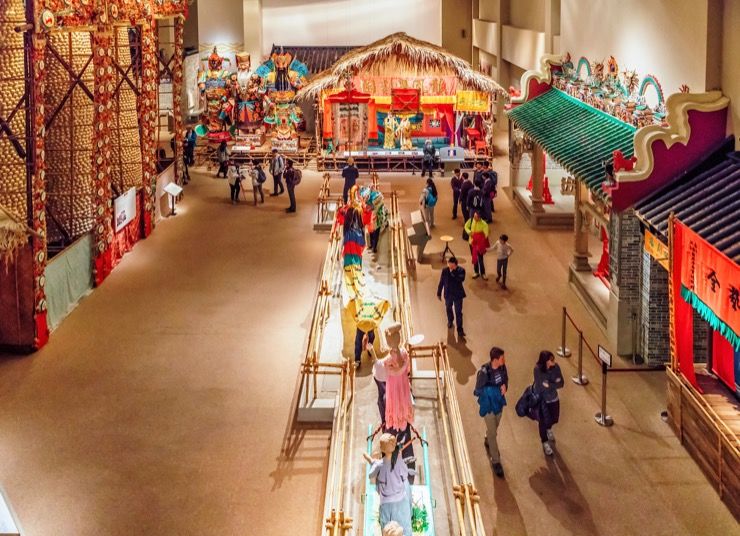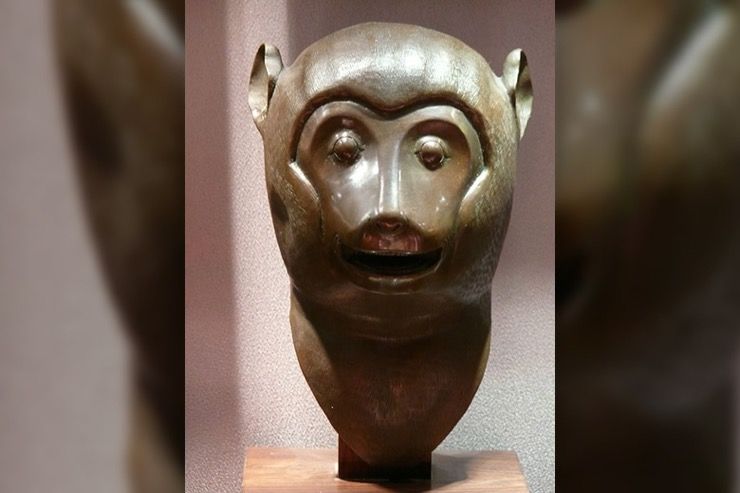For most of the 20th century, China’s Communist leaders cared little about antiquities which had been plundered and lost from China over the years. For them, art was a symbol of bourgeois decadence and was more fit for destruction than preservation.
However, as China edges away from its Communist past and embraces Western values, a growing number of wealthy people there decided that they were concerned about what happened to their country’s art and decided to do something about it.
New China
Over the past few years, China has seen a massive increase in plutocrats and self-made billionaires, not to mention all the millionaires who already existed. Many of these rich people recently started purchasing massive amounts of Chinese artifacts and art, to show not only their extreme wealth but also their extreme patriotism. A shady program was launched by one state-run conglomerate specifically to find and buy lost Chinese art from around the world.
Treasure Hunting Team
Back in 2009, Beijing announced that they would be dispatching a “treasure hunting team” to visit various institutions across the U.S. and Europe. While the institutions were left scratching their heads about the purpose of the visits, this team – comprised of eight people – showed up at New York’s Metropolitan Museum. But were they there to assess, reclaim or purchase? Or none of the above?
Wanting Art
As the head of that team meandered through the corridors of the museum, Liu Yang, was well-known for his zeal in hunting down China’s lost treasure. And while that visit ended without incident, it was clear to everyone that the Chinese were now actively looking to locate and repatriate art and antiquities that were stolen from them over the centuries. For the Chinese, the hunt for their stolen treasure is clearly on.
Huge Claims
According to the official Chinese government position, more than 10 million pieces of Chinese art have been pillaged from the country since 1840. The pieces of most interest to the Chinese are those taken during the so-called: “Century of Humiliation” from 1839 to 1949, when China was carved up numerous times by foreign invaders. For the Chinese, returning this art to its rightful owners is about a lot more than just money – it’s about Chinese pride.
Old Summer Palace
Back in 1860, after the British and French ransacked the Old Summer Palace in China, they took just about everything that was attributed to the last Chinese dynasty. While the palace held an array of wonders back then, the invading forces took it all to Europe where it has remained until today. After allied forces pillaged the palace, they set it ablaze, destroying any remnant of the last dynasty.
Vivid Memories
The Chinese haven’t forgotten what the Europeans did to them all those years ago, and why should they? The palace has been left in ruins to “stir feelings of national humiliation and patriotism,” according to one Chinese academic. To him, it was only a matter of time before the Chinese people would rise up and take revenge in any way possible for the things that were stolen from them.
Chinese Collectors
While it’s in the government’s interest to retrieve these items, the elite in China are also making a serious contribution to the cause. According to James Ratcliffe, the director of recoveries and general counsel at the Art Loss Register: “The Chinese don’t need a coordinating campaign. There are enough Chinese collectors with a huge amount of money who want the pride of acquiring this art.”
Massive Interest
By 2016, China had more billionaires than the U.S., while many of the country’s ‘nouveau riche’ took to collecting art as a matter of pride as well as savvy investment. Back in the year 2000, China only represented one percent of the global-art-auction market. By 2014, that number had risen to 27 percent as Chinese collectors eagerly bought up more or less anything being sold at auction that was “made in China.”
Huge Money
One example of the Chinese hunger for art was back in 2016 when an unremarkable 16-inch vase was put on auction in a leafy suburb of London. While the starting price for the vase was $800,000, within just 30 minutes, a Chinese collector had purchased it for a staggering $69.5 million. That’s because buying looted artwork has become fashionable for the elite in China.
Chinese Pride
In recent years, items like art, vases, and bronzeware have been purchased by Chinese collectors. Many of those items are from the pillaging of the Old Summer Palace, and many of the items have sold for millions of dollars. Back in 2014, a billionaire named Liu Yiqian paid $36 million for a tiny “chicken cup.” He wanted the expensive cup as it was once part of the auspicious imperial collection. But that cup was just the tip of the iceberg.
Silk Tapestry
A few months later and Yiqian paid $45 million for a Tibetan silk tapestry from the Ming era. He told The New Yorker at the time of that purchase: “When we are young, we are indoctrinated to believe that the foreigners stole from us,” he said. “But maybe it’s out of context. Whatever of ours [the foreigners] stole, we can always snatch it back one day.”
Reclaiming Relics
Huang Nubo is a Chinese billionaire who is envied by many in the country. Having made his fortune by building China’s largest real estate conglomerate, Nubo is passionate about Chinese culture and his heritage. When he saw a collection of marble columns taken from the Old Summer Palace at a museum in Norway, he was brought to tears. He said at the time that the fact the columns were displayed in Norway was a “disgrace,” according to China Daily.
Sharing Culture
Many museums featuring stolen Chinese art are now scrambling to protect their wares. While some museums have stood their ground, arguing the legitimacy of their acquisitions, they claim that it’s a good thing for China to “share their culture abroad” in this way. At the same time, some museums have shipped crates of pillaged art back to China, in the hopes of avoiding robberies or tangling with the Chinese government.
Chinese Fairy Tale
According to Liu Yang from the treasure hunting delegation, the Old Summer Palace used to be a “Chinese fairy tale.” That’s until “it was destroyed by foreign armies,” according to Yang. He spoke about his experiences trying to locate stolen Chinese artwork in New York. “My most troublesome experience was at the Metropolitan Museum in New York,” Yang said. “Everyone was very nervous. They called a Chinese lawyer and gave me the phone, so she could tell me that the museum had no items from the Old Summer Palace and that all their items were held via legal means.”
Some Success
Yang also spoke about the fact that curators in the U.K. were far less defensive than their American counterparts when it came to Chinese art. “When I told them these objects were taken, they barely reacted,” Yang said. “They just showed me their records of which generals took what. They’re very direct about it. They don’t hide it.” Nevertheless, Yang said he understands that these museums don’t like it when he shows up sniffing for stolen Chinese art.
Simply Theft
Yang, among others in China, feels very strongly about stolen Chinese artifacts being displayed without issue across Europe and North America. “Displaying these objects in European museums is like a theft itself,” he said. “They’re just showing it off without concern.” But Yang is determined to repatriate these items no matter what. “I know that we won’t get everything back in my lifetime,” he continued. “We will never give up; we will never stop – no matter the effort. We need [the Chinese] people to see that everything that belonged to us is coming back.”
Zodiac Sculptures
Perhaps one of the most painful things for the Chinese is that all 12 of the zodiac sculptures which once stood proudly at the Old Summer Palace were stolen and many have still not been located to this day. In the year 2000, Poly Culture was able to buy back three of those sculptures and then added a fourth and a fifth to their collection. But many people still weep for the return of all of these zodiac heads.
Heads Back
The CEO of Poly Culture, Jiang Yingchun, an organization set up by the Chinese government to find stolen art, said to reporters about the zodiac heads: “The heads represent our feelings for the entire nation; we love them, and we weep for them.” And that’s why many people will get these items back by hook or by crook. “We can try many ways to get the heads back,” said Yingchun. “We can’t ignore that the art was taken illegally. If you kidnapped my children and then treated them well, the crime is still not forgiven.”
So Excited
As Jiang toured the Poly museum with a reporter, he proudly showed him a wooden plaque near to the recovered zodiac heads which read that these items had been “recovered from overseas and saved from being lost to the nation.” Jiang said, “The first time I saw them, I was so excited.” But Jiang also explained that retrieving the stolen artifacts was the “deepest hope of the Chinese people.”
Deepest Hope
According to Jiang the return of the zodiac heads towers above all the other items stolen when China was invaded. “Their return is the deepest hope of the Chinese people,” he said. “It’s a very sad and hard history for us. When the heads come back, we will finally feel the power of our country.” If the current trend continues, it’s a foregone conclusion that China will retrieve all their stolen art, a goal that many feel extremely passionate about.
